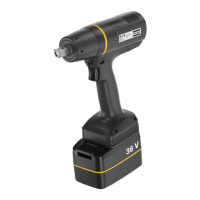
Do you have a question about the Atlas Copco ETP TBP81-55-10 and is the answer not in the manual?
| Brand | Atlas Copco |
|---|---|
| Model | ETP TBP81-55-10 |
| Category | Power Tool |
| Language | English |
Essential safety and general operational guidance for the product, including warnings and instructions.
Explains the meaning of DANGER, WARNING, CAUTION, and NOTICE safety symbols used in the manual.
Details product warranty duration, coverage, terms, and exclusions for the tool.
Provides the official Atlas Copco website for accessing product information and resources.
Information on accessing the ServAid portal for technical data, manuals, and spare parts.
Information on obtaining Safety Data Sheets (SDS) for chemical products.
Link to a video explaining safety features and operator precautions for nutrunners.
Information on where to find the product's country of origin.
Location for accessing technical dimensional drawings of the product.
General introduction to the tool's purpose and key features.
Explains how the POWER FOCUS system interacts with the tool for tightening operations.
Explanation of the Human-Machine Interface (HMI) LED indicators on the tool.
Details the operational features of the tool, including LED indicators and buzzer.
Information on the tool's data logging capability for storing tightening results.
Location to find detailed technical specifications for the product.
General information regarding product service and maintenance procedures.
Guidance on recommended service intervals and maintenance practices.
Prerequisites and guidelines for installing the tool and its associated system.
A step-by-step guide for initial parameter setup using the residual torque method.
Detailed instructions covering various aspects of tool installation and configuration.
Procedures for adjusting the torque settings of the tool via the POWER FOCUS system.
Information on using the RBU for storing configuration and software data.
Instructions for updating tool information after hardware modifications.
Steps for correctly attaching and removing the tool's battery pack.
Procedures for the initial setup and configuration of the tool.
Guidance on calibrating the tool for accurate performance.
Steps for configuring the tool's operational parameters and settings.
Recommendations for optimizing the workstation for user comfort and safety.
Guidance on setting up tool operations and parameters via the controller.
How to assign and alter tightening programs through the paired controller.
General guidance for operating the tool safely and effectively.
Overview of standard and controller-defined LED flash patterns for status indication.
Tips for achieving optimal tightening results by managing pulse count.
Procedures and considerations for the tightening process, including reaction forces.
How to set the clockwise (CW) or counter-clockwise (CCW) rotation direction.
Explanation of the soft start function for screw and thread engagement.
Information on the tool's buzzer for signaling events and warnings.
Basic principles for tool inspection, preventive maintenance, and using recommended parts.
Guidelines for handling sensitive electronic components in an ESD-safe environment.
Procedures and recommendations for maintaining the tool's condition and performance.
Best practices for ensuring tool longevity and optimal performance through service.
Details daily inspection and preventive maintenance tasks for the tool.
Routine checks for tool condition, visual damage, and operational sounds.
Scheduled maintenance to prevent issues and ensure optimal performance.
Maintenance procedures for 6 million pulses or annual service.
Advanced maintenance for 12 million pulses, including pulse unit service.
Importance and checks for maintaining the correct oil level in the pulse unit.
Indicators and causes of low oil level in the pulse unit.
Procedures for major servicing and repair by qualified personnel.
Step-by-step guide for correctly assembling the pulse unit components.
Guidelines for lubricating specific tool components.
Specifies brands and types of lubricants suitable for the tool.
Detailed procedure for filling and changing oil in the pulse unit.
Final steps for putting the pulse unit back together after service.
General guidance for performing repairs on the tool.
Procedures for replacing worn or damaged spare parts on the tool.
Procedure to check the tool's torque and pulse frequency after service.
Method for verifying torque accuracy on a real-world joint.
Test procedure to confirm the tool's accuracy across multiple torque levels.
Configuration parameters for the POWER FOCUS 6000 system used with the tool.
Table detailing settings for various tightening sequences and tool models.
Steps for performing calculations to evaluate tool performance and accuracy.
Guidance on updating the tool's firmware and software safely.
Lists common problems, their causes, and recommended solutions for the tool.
Reference for interpreting tool events and error codes for diagnostics.
Information on proper product disposal and environmental compliance.
Guidelines for dismantling and recycling the tool's components.
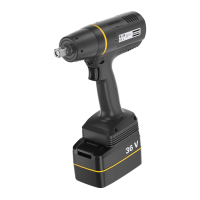
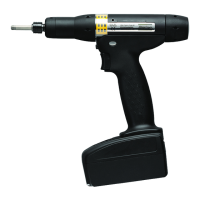
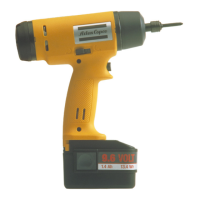
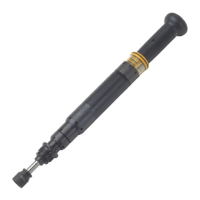
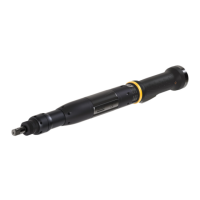
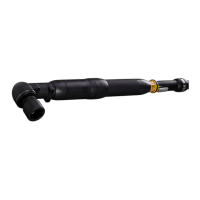
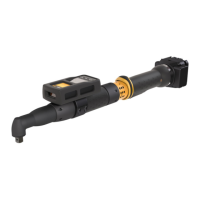
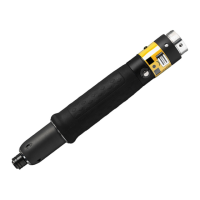
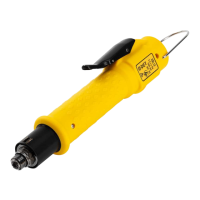
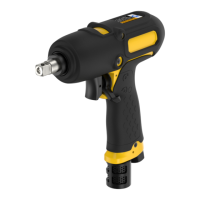

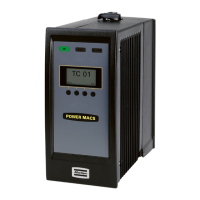
